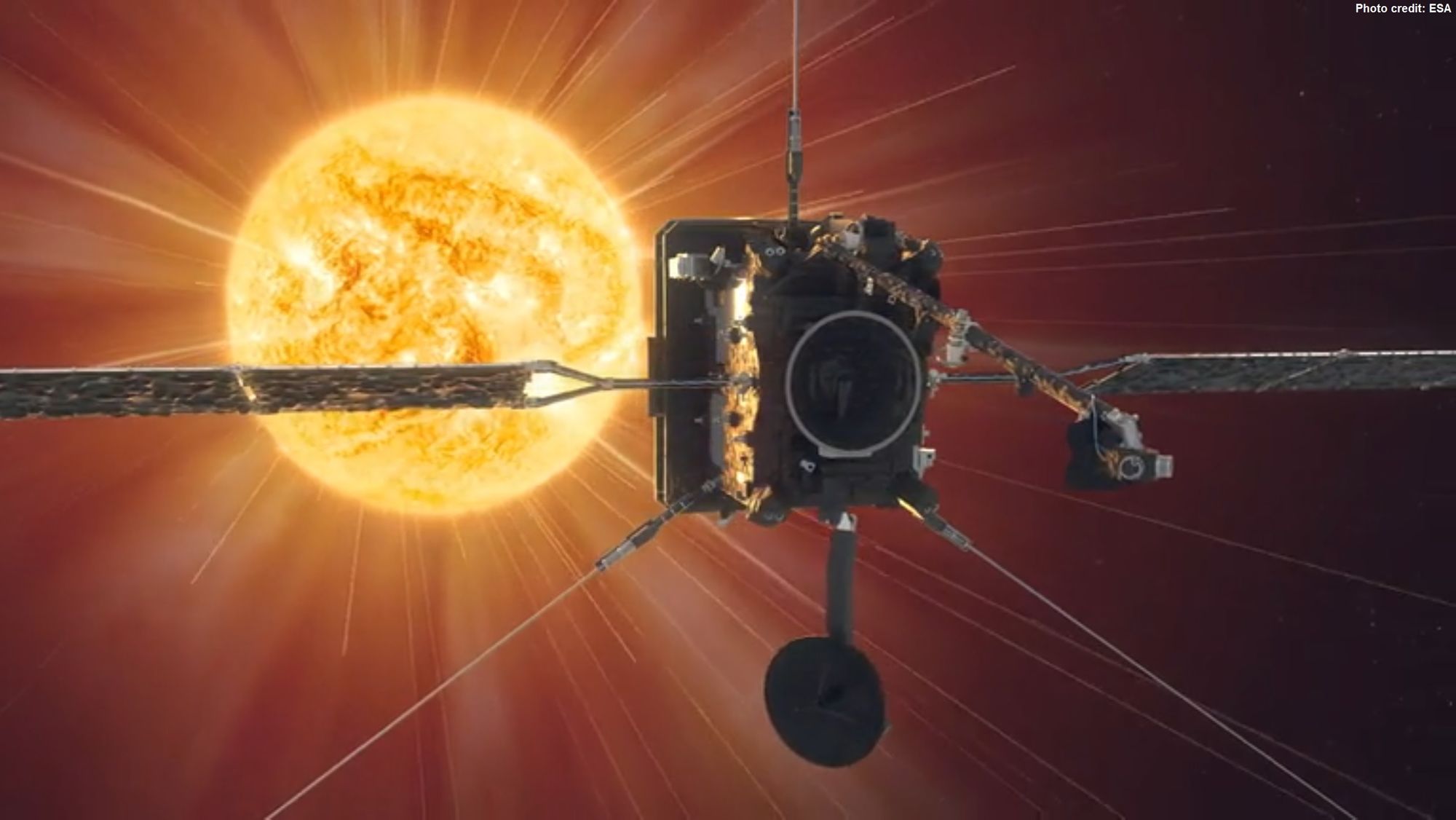🚀 Chang’e-5 blasts off towards the Moon
China has launched the latest mission in its ambitions series of Moon projects. Chang’e-5 will bring the first sample from the lunar surface back to Earth since the 1970’s.
📚 E-book: The New Space Race
In the 1960’s the US and Soviet Union went head to head in the race to space. Today, sixty years later, the new space race has set its eyes not just on going to orbit around Earth, researching asteroids for minerals and going back to the Moon.
👩🚀 Europeans will go to the Moon
ESA and NASA have signed an agreement for European participation in the lunar Gateway program, including sending European astronauts. This will be the first time European nationals travel to the Moon.
🔧 Space debris now detectable in daylight
The breakthrough is possible thanks to a combination of laser technology, image-processing and orbit-estimation algorithms.
🍄 Radiotrophic fungi could serve as radiation shield for travellers to Mars
Fungi thriving in the radioactive environment at Chernobyl could serve as radiation protection for astronauts, according to new findings from a test at the ISS.
☀️ ESA’s Solar Orbiter has taken a record-close look at the Sun
The spacecraft made its first close approach in June and took unprecedented photos of our star, the closest ones ever taken.
🚀 Chinese Mars mission Tianwen-1 blasts off towards the red planet
The spacecraft Tianwen-1 bound for Mars was successfully launched on a Long March 5 rocket, marking the start of Chinese interplanetary space exploration.
🌎 Satellite data to enable real-time tracking of all the world’s carbon emissions
The recently launched ‘Climate TRACE’ coalition is building a tool to track emissions worldwide. The tool is to be launched in time for the COP26 climate summit in Glasgow next year.
🛰️ Twin CubeSats ready for empirical testing of faster de-orbiting using space tethers
DRAGRACER satellites ready for in-orbit demonstration to compare the added efficiency of deploying a long and thin tape for increased drag when de-orbiting.









